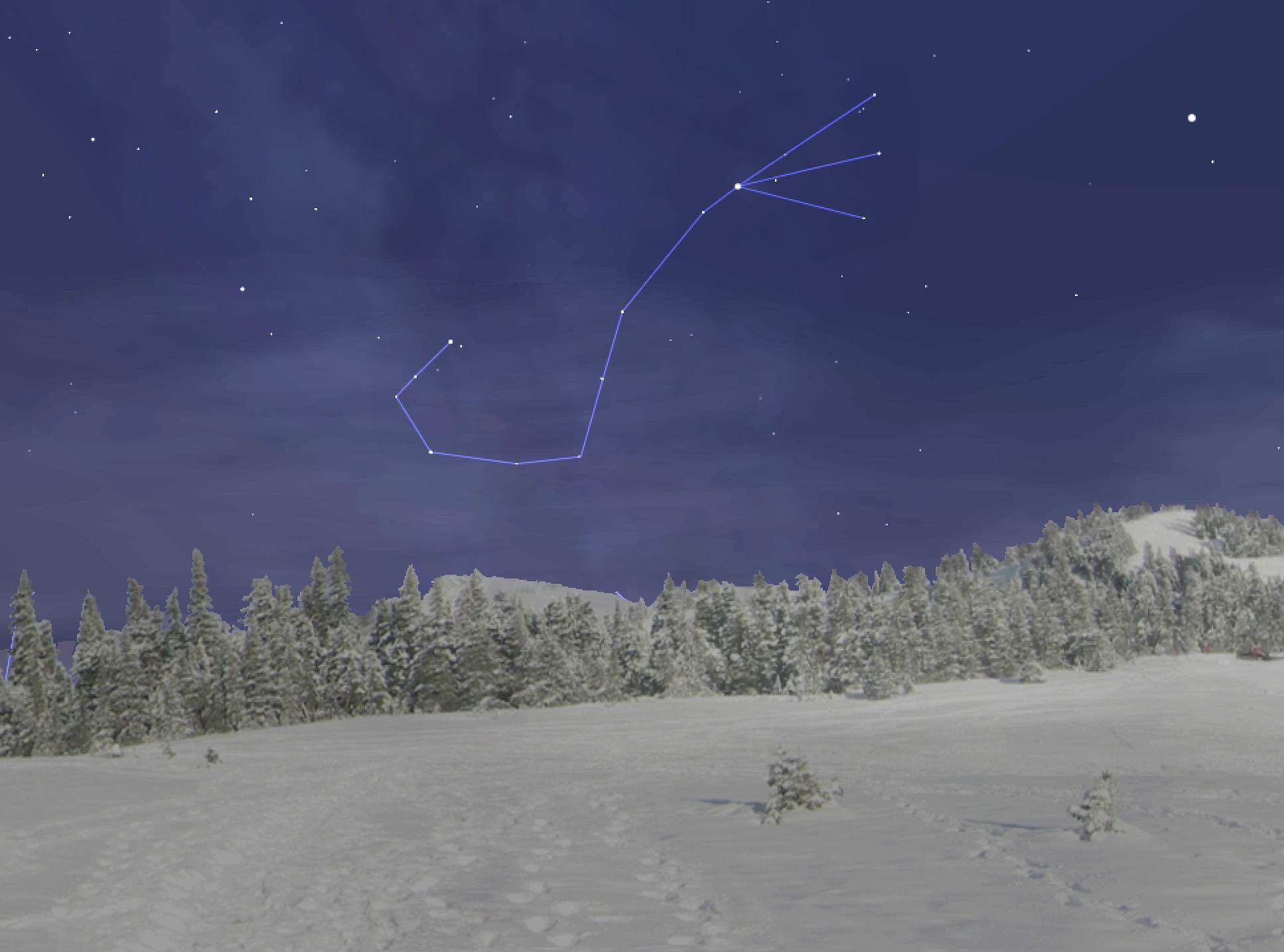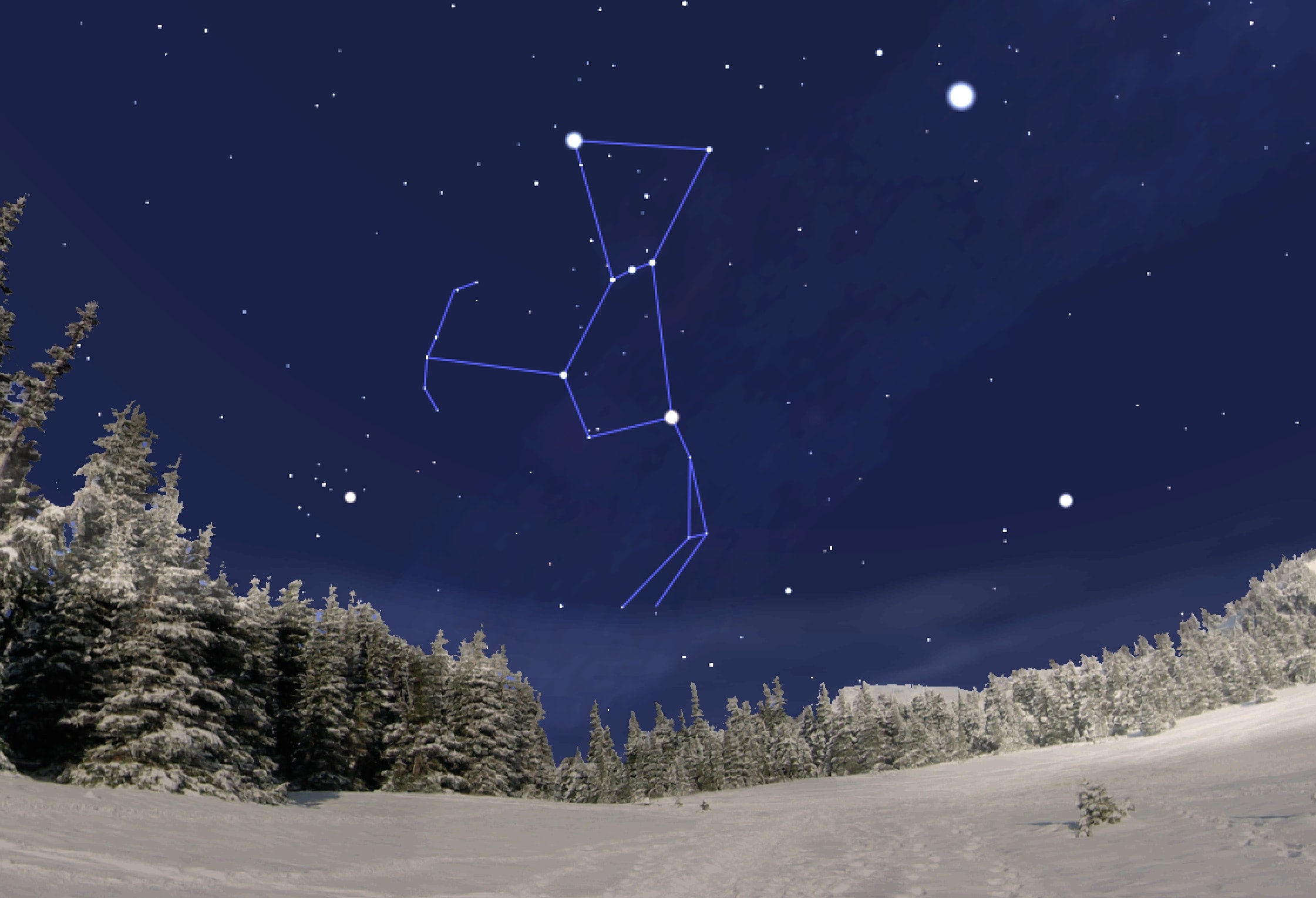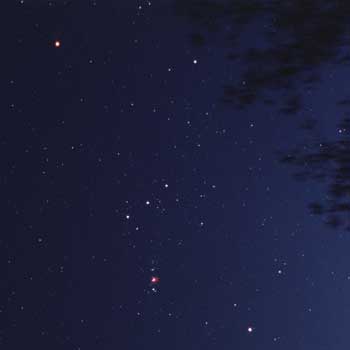Activity: Find the Constellations!
Each student should receive his or her own printed copy of the Planetarium Guide , and will work at his or her own computer (or with a partner).
Using the website http://neave.com/planetarium, they'll see how the constellations change over the seasons, and will make flashcards for certain constellations.
Below are ideas for extending this topic beyond the activity which you just completed.
- Written Response Questions
- Reading: "Int'l Dark Reserves"
- Activity Extension: Have students work in pairs, using their flashcards to quiz each other on the constellations.
- Discussion: The Constellations in Other Cultures
- Project: Adopt a Constellation
Written Response Questions (Part 1 of 3)
1) What's one constellation that will be out on the evening of your birthday? Hint: Think about what season your birthday happens.
Reveal answer
Answers will vary. Example: My birthday is August 4, in the summertime, so Scorpius is out in the evening.
Written Response Questions (Part 2 of 3)
2) What's wrong here?

Reveal answer
This is showing the constellation Scorpius in wintertime. But Scorpius is a summer constellation! (The image was faked using a computer.)
Written Response Questions (Part 3 of 3)
3) Challenge: What do you notice that's unusual about this? Where on the Earth do you think this picture might have been taken? (Hint: Which constellation is it?)

Reveal answer
This shows the constellation Orion, but he's upside-down! In fact this is how Orion appears if you live in a place like Antarctica, in the southern half of the Earth. Think about why...
Discussion: The Constellations in Other Cultures
Explore how different cultures viewed the constellations. You can find Native American myths on the Native Languages of the Americas website.) A NASA website (here is an alternate link) provides four stories from different cultures and the star groups that inspired them. A list of books that tell a variety of myths is here.
Project: Adopt a Constellation
Have each student adopt a constellation and write about it. You can use the “Adopt a Constellation” worksheet created by the Utah Education Network. Details about each constellation—its stars and the myths associated with it—can be found here. You can search constellations alphabetically or by season.



